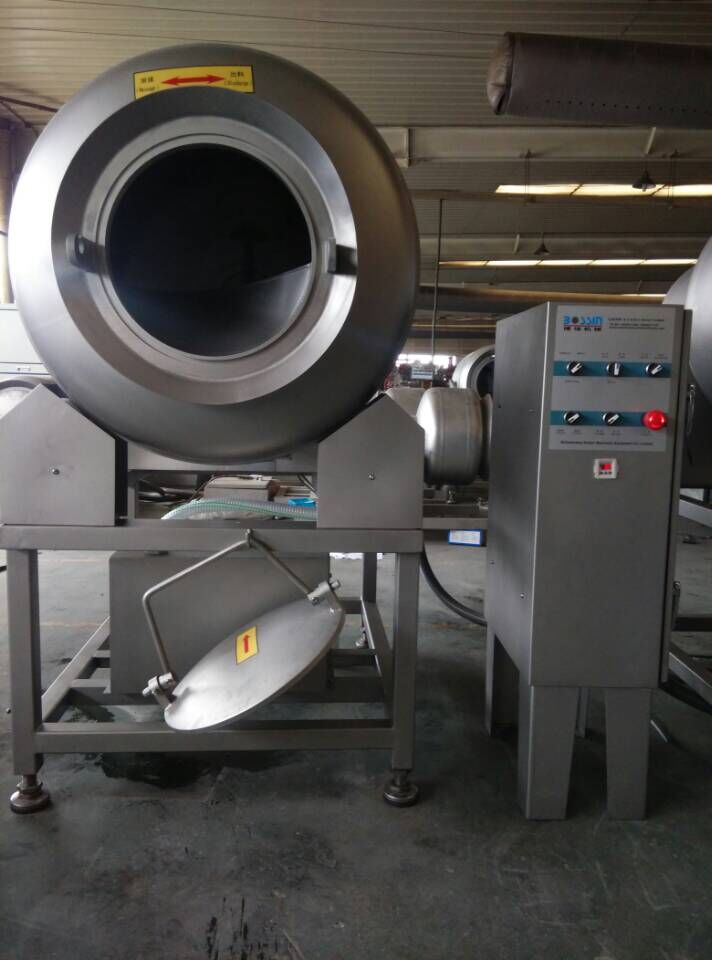
Aug . 21, 2024 21:26 Back to list
Chicken Breast Fillet Processing Machine for Efficient Meat Preparation
Optimizing Chicken Breast Filleting with Advanced Machines
In the modern world of food processing, efficiency and precision are paramount. The chicken breast fillet machine is a remarkable innovation that showcases the intersection of technology and culinary practices, streamlining the preparation of one of the most popular sources of lean protein globally. As health trends lean towards lower fat intake and high protein diets, the demand for expertly processed chicken breast fillets continues to grow. The machinery designed for this purpose plays a crucial role in meeting consumer expectations while ensuring safety and quality.
Chicken breast filleting machines are specially designed to automate the labor-intensive process of separating chicken breasts from the bone. Traditional methods often require skilled laborers with years of experience to cut and debone the chicken without damaging the meat. In contrast, modern filleting machines utilize advanced technology to enhance efficiency and consistency. They often feature adjustable settings that cater to various chicken sizes and shapes, ensuring that each fillet is cut to the desired thickness and weight.
One of the primary advantages of using a chicken breast fillet machine is the significant increase in production speed. Human workers can process only a limited number of chickens in an hour, while machines can operate continuously, significantly increasing throughput. This boost in productivity not only helps meet the growing demand in the food industry but also allows operations to maintain cost-effectiveness, ultimately benefiting both producers and consumers.
chicken breast fillet machine

Another essential aspect of using chicken breast filleting machines is food safety. Manual processing carries a higher risk of cross-contamination and improper handling, which can lead to foodborne illnesses. In contrast, automated machines are designed with hygiene in mind. Many models are constructed from stainless steel and are easy to clean, minimizing the risk of contamination. Additionally, these machines often operate in a way that reduces human contact with the raw product, further enhancing food safety measures.
Moreover, the precision of these machines ensures minimal waste. Inefficient cutting methods can leave behind a considerable amount of meat on the bone, leading to both financial loss and concerns about sustainability. Advanced filleting machines are engineered to maximize yield, ensuring that nearly every part of the chicken is utilized. This not only supports the economic viability of poultry operations but also aligns with the increasing consumer demand for sustainability in food production.
As technology continues to evolve, so do chicken breast fillet machines. The integration of smart technology allows these machines to perform with even greater accuracy and efficiency. Features such as digital settings and automated adjustments based on real-time feedback are becoming increasingly common. These advancements not only improve the quality of the fillets produced but also enhance the overall operation of food processing facilities.
In conclusion, the chicken breast fillet machine represents a significant advancement in the food processing industry. By combining efficiency, precision, and safety, these machines are transforming the way chicken is processed. As demand for high-quality, healthy protein sources continues to rise, the role of technology in food preparation will only become more critical. Whether in small-scale butcheries or large industrial processing plants, the chicken breast fillet machine is an invaluable asset that ensures consumers receive the best products while supporting sustainable practices in the food industry. As we look to the future, the evolution of this technology will play a key role in meeting the challenges of a growing global population and their dietary needs.
Latest news
-
Great Wall DKJC Series Auto Sausage Clipper: Efficient & Durable
NewsJul.25,2025
-
Pneumatic Clipping Machine: Efficient and Reliable Solution for Industrial Applications|Precision Cutting, Durability
NewsJul.21,2025
-
Pneumatic Clipping Machine - Shijiazhuang Bossin Machinery Equipment Co., Ltd.
NewsJul.21,2025
-
Pneumatic Clipping Machine - Shijiazhuang Bossin Machinery Equipment Co., Ltd.
NewsJul.21,2025
-
Pneumatic Clipping Machine - Shijiazhuang Bossin Machinery Equipment Co., Ltd.
NewsJul.21,2025
-
Pneumatic Clipping Machine - Shijiazhuang Bossin Machinery | Precision Cutting, High-Speed Operations
NewsJul.21,2025